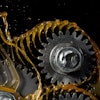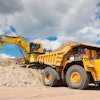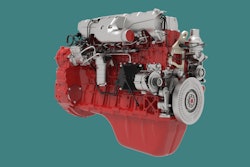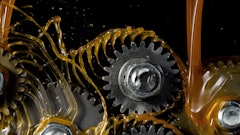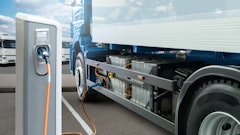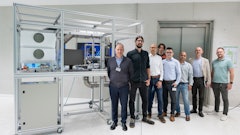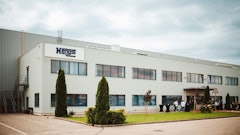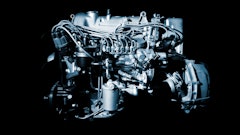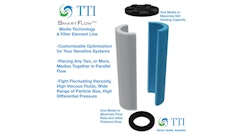
The Internet of Things & Connectivity
How do you see the Internet of Things shaping the direction of the heavy-duty vehicle markets?
We see opportunities for operational improvements through telematics integration. We have delivered the solutions and the interface to alarm and manage critical hydraulic system performance information. We target high value machines and machines operating is critical environments where the cost of hydraulic related downtime is unacceptable.
How is your company integrating IoT solutions into your workspace, or what is your perceived plan for implementation and the benefits you foresee with its implementation?
Production Machine trouble shooting and predictive maintenance programs. We also see the potential benefit for the sharing of machine data “real-time” with team members throughout an organization.
How has this concept influenced how you approach technology development and new ideas?
With every electro-hydraulic or diagnostic solution We want to bring real time, accurate information to the customer, present it in ways that can be understood, and designs must work to reduce the costs of operations & service.
The Future of Diesel
There are several opinions on the future of the diesel engine market. With large metropolitan cities like Paris and Madrid announcing diesel bans by 2040, it seems there is a presupposed end to diesel reliance. Where do you see diesel playing a role in heavy-duty applications in the long-run?
The future of heavy-duty metropolitan applications depends on the cost to further reduce diesel emissions and the reliability of the diesel equipment vs. the cost and impact of alternative solutions. Certain applications and a portion of the heavy-duty market will likely remain unchanged unless the cost of alternative clean energy is significantly reduced and it must be supported by sufficient infrastructure.
With so many partially developed alternative energy technologies contending to gain traction it appears that it could be a very long road until the required national or multinational support infrastructure exists. It is one thing to plug an electric vehicle into “the grid” but what is the advantage if the alternative energy source of is too expensive, too variable or generated form a higher emission process? Unless great strides are made in battery and safe energy storage in the near future, diesel engines will be around for our lifetimes; at the very least as hybrid engines.
Any expectation for significant shifts in diesel engine technology or expectations in the near-term?
Better diesel filtration is already critical.
Automation Advancements & Smart Systems
What technology is the most significant contributor to the progress of vehicle automation?
Autonomous driving
How does your company contribute to autonomous systems development and success?
Through our parent company we are partnered with TT Controls to deliver the hardware, support & programming to deliver a safe and complete solution
Hybrids & Electrification
Is the future fully electric, or will there always be a need for engine/hydraulic supplementary power?
In many applications hydraulics still can create more force, in a smaller package, with more reliability. There will always be a place for Hydraulics although electro-hydraulic controls will dominate in the remaining applications.
Managing the Data Trend
How is your company utilizing data in new and valuable ways?
- Trending and base lining for future developments and designs.
- Bringing data to the customer in a way that they can use and understand it
Where do you see data leading the industry? What is its potential?
Lower operating costs through better operating and sourcing decisions. Information will create a further demand for products that work at the right cost. In short the actual cost of many “Low cost” solutions becomes visible and customer’s buying decisions will become truly value driven. Having the ability to immediately analyze data will be a huge benefit. For example, in a hydraulic system, being able to see real-time changes in contamination levels can enable a technician to take corrective action before an expensive catastrophic failure occurs.
Challenges & Opportunities
What new challenges have arisen that effect the way you design or manufacture your product? How you do business? How you go to market? How you differentiate yourself from the competition?
Challenges: A Shortage of qualified employees with the fact that many of our customers exhibit and increasing inability to make long term decisions due to their constant organizational turnover and reorganization. We must define value


